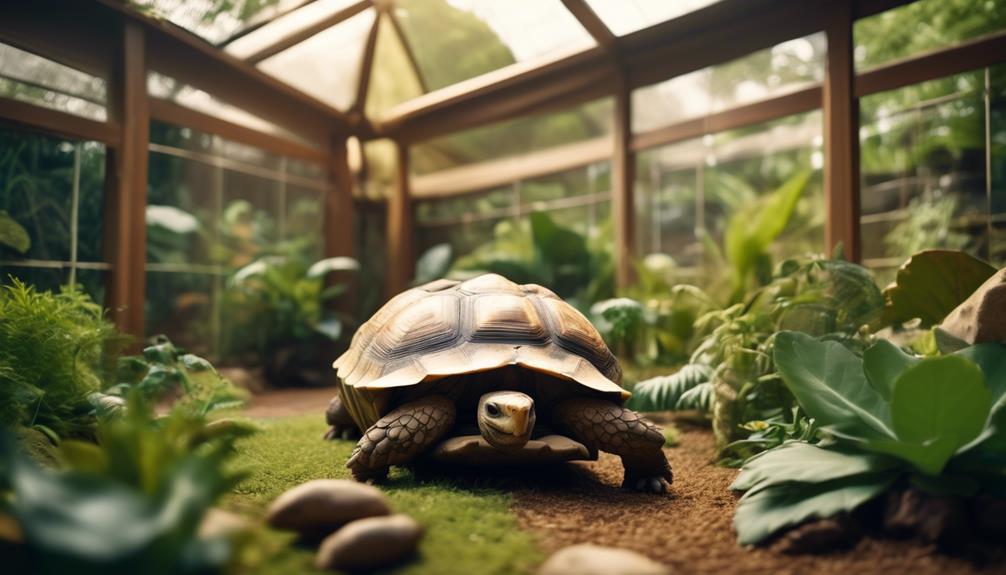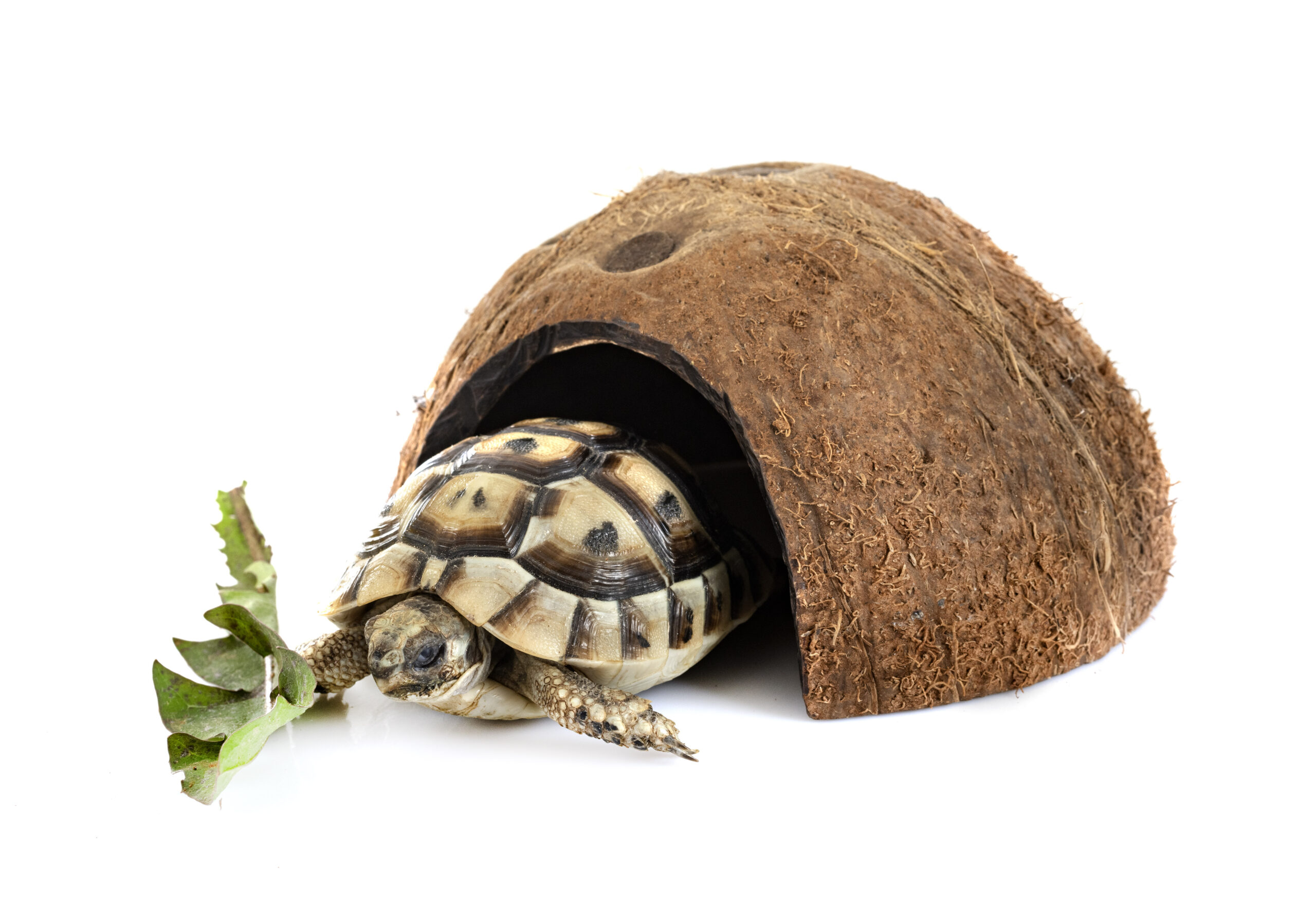Are tortoises friendly? It’s a common question among those who are interested in these fascinating creatures. The answer is not straightforward, as every tortoise is different, with its own personality and behavior. In this article, we will explore the factors that influence tortoise friendliness, the signs of friendly behavior, and practical tips for building a strong relationship with your tortoise.
Understanding Tortoise Behavior
Tortoises are generally solitary animals that prefer to be left alone. They can be slow-moving and spend most of their time eating, basking, and resting. This behavior can sometimes be perceived as unfriendly, as they may not show interest in interacting with humans.
Tortoises are cold-blooded, which means that they rely on external sources of heat to regulate their body temperature. This behavior can cause them to be less active during certain times of the day, such as early morning and late afternoon when temperatures are cooler. However, this does not necessarily mean that they are unfriendly.
Tips for Fostering a Strong Relationship with Your Tortoise
- Tortoises may be perceived as unfriendly due to their behavior.
- Factors that can influence whether a tortoise is friendly or not include species, age, gender, and individual personality.
- Signs of friendly tortoise behavior include approaching humans, being active during the day, and allowing handling.
Factors that Influence Tortoise Friendliness
Several factors can influence whether a tortoise is friendly or not. One of the most significant factors is the species of the tortoise. Some species, such as the Russian tortoise, are known for being more social and curious than others, while others, like the Sulcata tortoise, tend to be more reserved.
Age and gender can also impact tortoise behavior. Younger tortoises may be more active and curious, while older tortoises may be more set in their ways and less interested in exploring. In terms of gender, male tortoises can be more aggressive during breeding season, while female tortoises may be more protective of their nesting areas.
Finally, individual personality plays a significant role in tortoise behavior. Some tortoises may be naturally more curious and outgoing, while others may be more cautious. It is essential to remember that tortoises, like people, have their own unique personalities and preferences.
Signs of Friendly Tortoise Behavior
While tortoises may not show affection in the same way as dogs or cats, there are several signs that a tortoise is being friendly. One of the most obvious signs is approaching humans. If a tortoise comes towards you, it may be a sign that it is comfortable in your presence.
Another sign of friendly behavior is being active during the day. Tortoises are generally more active during the day than at night, and if your tortoise is active when you are around, it may be a sign that it enjoys your company.
Finally, allowing handling is a clear sign of a friendly tortoise. While not all tortoises enjoy being handled, if your tortoise seems comfortable with you picking it up and holding it, it may be a sign that it trusts you.
Tips for Building a Strong Relationship with Your Tortoise
Building a strong relationship with your tortoise takes time and patience. Here are some practical tips for fostering a strong bond with your tortoise:
Spend Time with Your Tortoise
The more time you spend with your tortoise, the more comfortable it will become in your presence. Spend time sitting near your tortoise’s enclosure, talking to it, and offering it food.
Provide a Comfortable Environment
Tortoises need a comfortable environment that meets their physical and emotional needs. Ensure that their enclosure is the right size for their species, has the right temperature and humidity levels, and provides hiding places and enrichment activities.
Feed Healthy Foods
Tortoises need a balanced diet that includes a variety of greens, vegetables, and fruits. Offering your tortoise healthy foods can help keep it healthy and happy.
Common Mistakes to Avoid When Interacting with Your Tortoise
While building a bond with your tortoise is essential, it is also important to avoid common mistakes that can damage the relationship. Here are some mistakes to avoid when interacting with your tortoise:
Overhandling
Tortoises can become stressed if they are overhandled. Limit handling sessions to short periods and ensure that your tortoise has enough time to rest between sessions.
Forcing Interactions
Forcing your tortoise to interact with you can damage the relationship. Instead, let your tortoise approach you on its terms, and respect its boundaries.
Not Respecting Boundaries
Tortoises need their own space and may become stressed if they feel crowded. Always respect your tortoise’s boundaries and give it enough space to feel comfortable.
Personal Experience: How I Built a Strong Relationship with My Tortoise
When I first got my tortoise, George, I was excited to spend time with him and build a bond. However, I soon realized that he was not interested in interacting with me at all. He would retreat into his shell whenever I approached him, and seemed content to spend all day basking in the sun.
After doing some research, I realized that I needed to approach our interactions differently. I started by spending time near his enclosure, but not directly interacting with him. I would read a book or do some work nearby, so that he could get used to my presence without feeling threatened.
Next, I began to offer him small treats whenever I came to visit him. I found that he was particularly fond of kale and dandelion greens. Over time, he began to associate my presence with positive experiences, and would come over to see me whenever I approached his enclosure.
Eventually, I worked up to being able to handle him for short periods of time. I made sure to approach him slowly and gently, and to put him down if he showed any signs of stress or discomfort.
Now, several months later, George is a completely different tortoise. He actively seeks out my attention, and will even follow me around his enclosure. I’ve learned that building a strong relationship with a tortoise takes time and patience, but it’s definitely worth the effort.
Conclusion
In conclusion, tortoises can be friendly creatures, but it depends on their individual personality, species, age, and gender. By understanding their behavior and following practical tips, you can build a strong relationship with your tortoise. Remember to approach interactions with respect and patience, and to learn as much as you can about your tortoise’s behavior and needs.
| Species | Characteristics |
|---|---|
| Russian tortoise | Social and curious, small size, requires moderate space and attention |
| Sulcata tortoise | Large size, requires a lot of space and attention, can be more reserved |
| Greek tortoise | Small size, requires moderate space and attention, can be more reserved |
| Leopard tortoise | Active and curious, large size, requires a lot of space and attention |
FAQ
Who can I ask for advice on making my tortoise more friendly?
Consult a veterinarian or a tortoise expert for advice.
What makes a tortoise more friendly?
Consistent handling, positive reinforcement, and socialization.
How long does it take to make a tortoise friendly?
It may take several weeks or even months of consistent effort.
What if my tortoise never becomes friendly?
Some tortoises may never become affectionate, and that’s okay.
How can I tell if my tortoise is unhappy or uncomfortable?
Signs of stress include hiding, lack of appetite, and lethargy.
What if my tortoise bites me?
Tortoise bites are usually harmless, but if it breaks the skin, clean the wound and seek medical attention.







